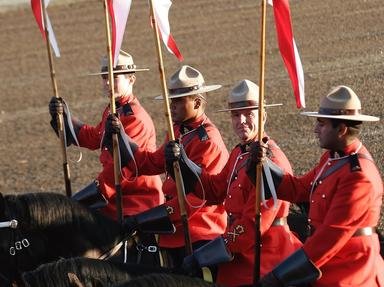Quiz Answer Key and Fun Facts
1. Which Italian explorer is believed to have given the city of St. John's its name in 1497?
2. St John's, Newfoundland, is considered to be the place where the British Overseas Empire was founded.
3. Which part of Britain was home to the fisherman who dominated the St. John's area for most of the 17th century?
4. Which nation briefly seized control of St. John's from the British in June 1665?
5. Who aided the French against the British during the 1705 Siege of St. John's and the later 1708 Battle of St. John's?
6. By 1800, Britain had steadied its control over St. John's and Newfoundland. However, not all was calm and peaceful. An uprising, by which people in St. John's that year, almost led to a mutiny?
7. How did the 1892 Great Fire of St. John's begin?
8. What did Guglielmo Marconi receive the first of in St. John's on December 12, 1901?
9. What kind of role did St. John's play during World War II?
10. With the collapse of the fishing industry in the 1990s, St. John's was saved economically by the dawn of which industry in the region?
Source: Author
Joepetz
This quiz was reviewed by FunTrivia editor
gtho4 before going online.
Any errors found in FunTrivia content are routinely corrected through our feedback system.
